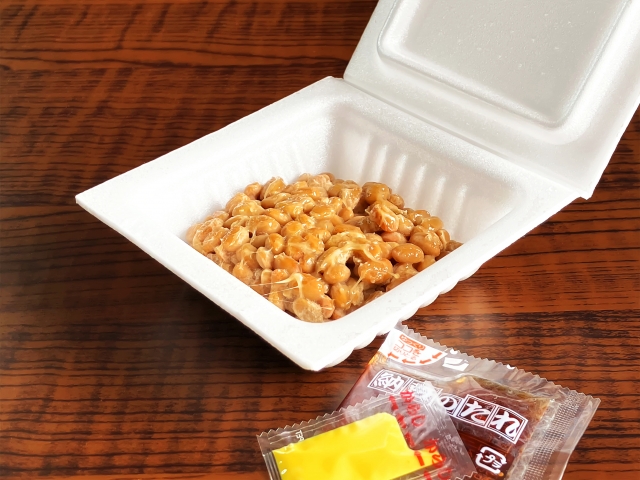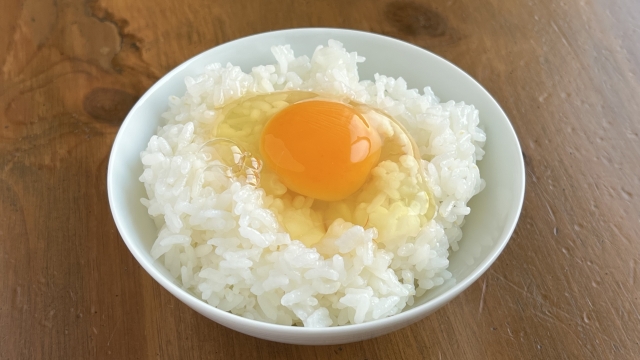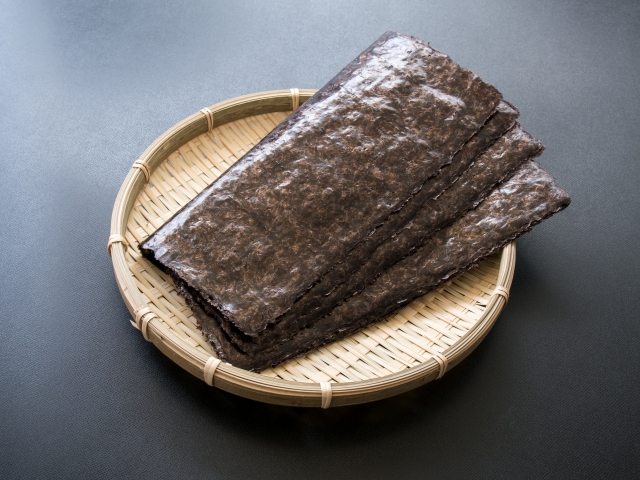3 Unique Japanese Foods to Try in Tokyo: Natto, Raw Egg, and Nori
Japan’s food culture is deeply rooted in tradition, and some of its unique flavors may surprise visitors. While sushi and ramen are world-famous, there are other Japanese staples that are just as culturally significant but less known to foreign travelers. In this blog, we’ll introduce three traditional Japanese foods—natto (fermented soybeans), raw egg, and nori (seaweed)—and explore their history, cultural importance, and where to try them in Tokyo.
1. Natto (納豆) – The Superfood of Japan

The History and Culture of Natto
Natto, made from fermented soybeans, has been a part of Japanese cuisine for over 1,000 years. According to legend, it was discovered accidentally when boiled soybeans stored in straw were left to ferment naturally. By the Edo period (1603–1868), natto became a common breakfast staple, especially in eastern Japan, including Tokyo.
Despite its strong smell and sticky texture, natto is considered a superfood due to its high protein, probiotic content, and vitamin K2, which supports bone health. Many Japanese believe natto contributes to longevity, and it remains a key part of a traditional Japanese breakfast.
Where to Try Natto in Tokyo
If you want to experience natto, try these recommended spots:
- Sendaiya (Natto Specialty Store, Setagaya) – A shop dedicated to high-quality natto, offering different fermentation levels and flavors.
- Tsunahachi (Shinjuku) – A traditional tempura restaurant that serves natto as a side dish.
- Convenience Stores & Supermarkets – If you’re feeling adventurous, pick up a pack of natto from 7-Eleven, FamilyMart, or Don Quijote and try it with rice!
2. Raw Egg (生卵) – A Japanese Breakfast Essential

The History and Culture of Raw Egg in Japan
In many countries, eating raw egg is considered unsafe, but in Japan, it’s a common and beloved ingredient. Japanese eggs are specially processed to ensure they are safe to eat raw. This tradition dates back centuries, but it became especially popular during the Meiji era (1868–1912) when Western-style farming improved egg production.
One of the most famous ways to eat raw egg in Japan is Tamago Kake Gohan (TKG, 卵かけご飯)—a simple yet delicious dish where raw egg is mixed with hot rice and soy sauce. This dish represents the Japanese concept of simplicity and natural flavors.
Where to Try Raw Egg Dishes in Tokyo
- Ukiyo (Shinjuku) – Specializes in premium Tamago Kake Gohan using organic eggs and high-quality rice.
- Tamahide (Ningyocho) – A historic restaurant famous for oyakodon (chicken and egg rice bowl) made with fresh raw eggs.
- Sukiya & Yoshinoya – Popular fast-food chains that serve gyudon (beef bowl) with optional raw egg.
3. Nori (海苔) – The Japanese Superfood from the Sea

The History and Culture of Nori
Nori, or dried seaweed, has been a fundamental part of Japanese cuisine for centuries. Historical records show that seaweed consumption dates back to at least the Nara period (710–794). During the Edo period, Tokyo (then called Edo) became the center of nori production, with artisans perfecting the technique of drying and shaping it into sheets.
Nori is rich in vitamins, minerals, and umami flavor. It’s used in onigiri (rice balls), sushi rolls, and miso soup. Beyond its nutritional benefits, nori symbolizes Japanese culinary craftsmanship and is deeply connected to everyday meals.
Where to Try Nori in Tokyo
- Maruyama Nori (Tsukiji) – A specialty shop with high-quality nori, perfect for souvenirs.
- Onigiri Asakusa Yadoroku (Asakusa) – A historic rice ball shop that serves onigiri wrapped in fresh, crispy nori.
- Sushi Restaurants – Almost every sushi restaurant in Tokyo, from conveyor belt sushi (kaitenzushi) to high-end sushi spots, serves dishes using premium nori.
Final Thoughts
Natto, raw egg, and nori may not be the first foods that come to mind when thinking about Japanese cuisine, but they are deeply rooted in Japan’s history, culture, and daily life. These traditional ingredients are packed with nutrients, flavor, and cultural significance.
For travelers looking to experience authentic Japanese food beyond sushi and ramen, trying these dishes is a great way to connect with Japan’s food culture. This guide follows E-E-A-T (Experience, Expertise, Authoritativeness, Trustworthiness) principles, ensuring you get the best recommendations for your Tokyo food adventure.
Would you try natto, raw egg, or nori on your next trip to Tokyo? Let us know in the comments!


